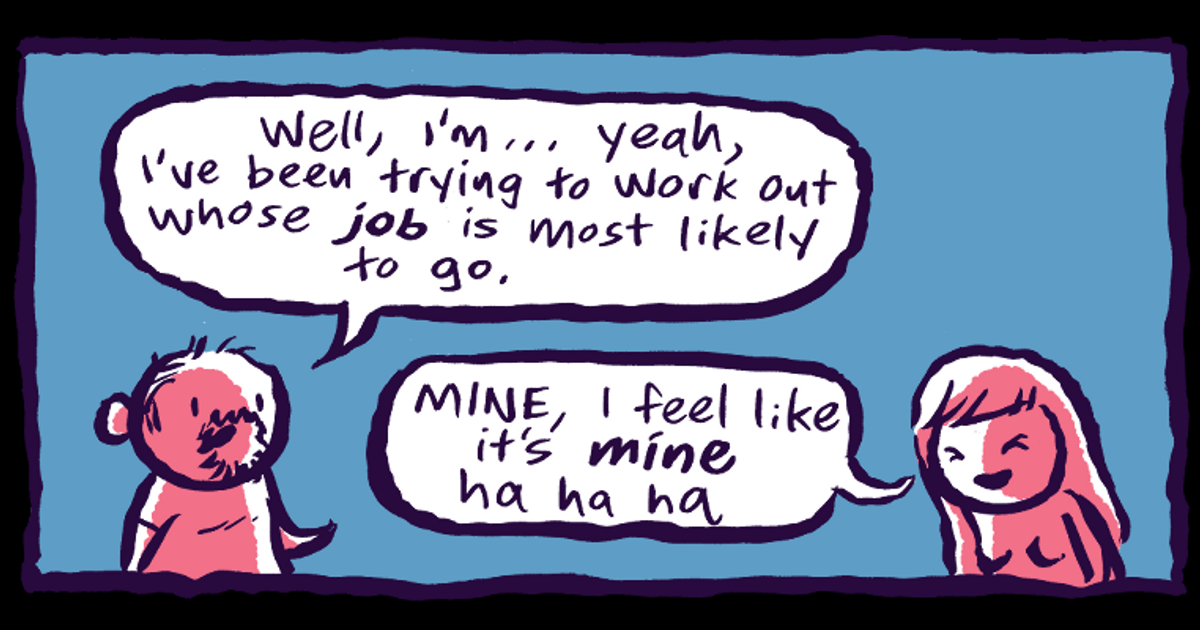I don't know what that means. It is one thing for a work to raise awareness of something to the point that people act differently. That is quite different from simply noting that a thing exists. If it is nothing more than the latter, then everything has "social impact".
"Hey, did you see Glider Man?"
"Hey, did you see Tim's new shingles?"
"Hey, did you see Guernica? It makes me feel uneasy about supporting future wars."
Culture isn't confined to just raising awareness of causes. It's the ideas, customs, and social behaviour of a particular people or society. Cultural impact is the influence and extent an individual or group of individuals has over those ideas, customs and practices.
If I wear a blue tie and someone likes it and gets a similar one, the effect could not be said to be cultural because it’s limited to an individual. However when The Sex Pistols played the Free Trade Hall in Manchester in the late 70’s it gave rise to the entire Manchester Music scene for the next thirty years because they inspired almost everyone in attendance to pick up a guitar and start a band.
In other words there was an identifiable moment when certain people at a certain time create cascading chains of influence that ripple out through Culture to affect a significant number of people. It's the moment when a certain number of strands of phenomena come together into a cohesive entity.
In the world of academia you had the famous talk by Jacques Derrida at Berkley where he expounded his ideas on Post Structuralism and Deconstruction, and that methodology was widely adopted by literature departments almost immediately – his philosophical spark caused a wildfire that spread beyond the study of literature into all facets of life – even beyond Academia into politics, Corporate hiring practices and so on.
These ideas generated by, or explored within art articulate something about the nature of current reality that people might have a vague, unspoken sense of, or might be limited to the Arcane ivory tower of cutting edge philosophy departments but aren’t seen or understood until artists have generated the popular language to talk about it.
This is the difference between the world of craft and the Art world. The Art world is seen as the place these movements originate. Crafts are seen as bereft of novel and important ideas – they’re merely nice looking things for consumption by those outside High Society. Ironically, its this facet – of being at the frontier of cultural ideas - that gives Arts the kind of status that make it desirable to the wealthy.
The supposed Cultural importance of Art at the bleeding edge gives cachet and desirability to the product. Art gatekeepers decide who is regarded as an Artist and what is regarded as Art and the wealthy have the funds to keep this whole system ticking over.





